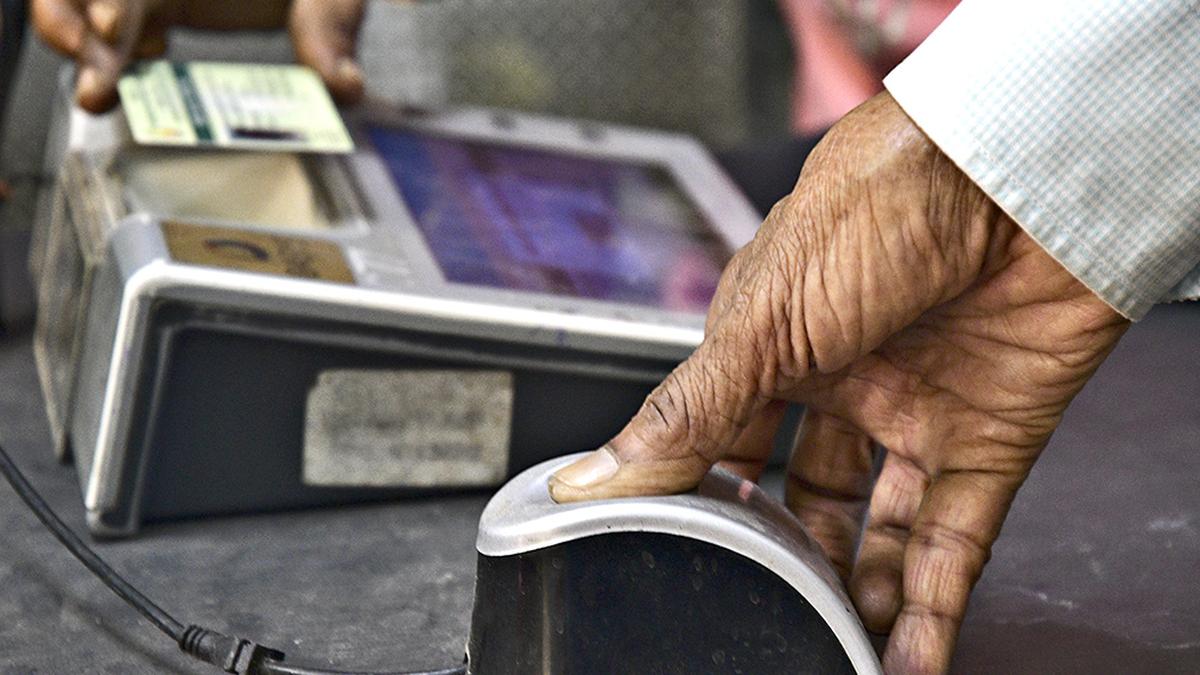





Disclaimer: Copyright infringement not intended.
Context
Financial Inclusion Index (FI-Index)
Purpose and Construction:
Sub-Indices and Weightage:
Publication:
Historical Progress:
RBI's Perspective:
National Strategy for Financial Inclusion:
Conclusion:
READ A COMPREHENSIVE ARTICLE ON FINANCIAL INCLUSION: https://www.iasgyan.in/daily-current-affairs/financial-inclusion#:~:text=Financial%20Inclusion%2C%20broadly%20defined%2C%20refers,as%20insurance%20and%20equity%20products.
Financial Inclusion in India:
Definition and Scope
Importance
Extent of Financial Exclusion
Government Initiatives and Policies
Progress and Metrics
Technological Advancements
Challenges and Stakeholder Issues
Future Directions
|
S.No |
Issues |
Remarks |
Stakeholders |
|
1 |
Business Correspondents (BC) |
For effective functioning in reaching poor villagers, BCs need adequate compensation and support from bank branches. Training programs are crucial for BCs to address operational challenges and customer grievances. |
Banks |
|
2 |
Tailor Made Services; Innovative Products |
Designing innovative, affordable products and simplified credit procedures are essential to attract villagers away from money lenders. |
Banks |
|
3 |
Technology Applications; ATM-Network; RuPay Network; KCC/GCCs; Mobile Banking; TSPs |
Enhancing rural ATM networks, leveraging RuPay cards, and expanding mobile banking are critical. Addressing safety and security concerns is paramount. |
Banks/RRBs, Co-op Banks |
|
4 |
BSBD Accounts |
Dormancy in Basic Savings Bank Deposit (BSBD) accounts needs to be addressed by improving economic activity. |
Governments, Banks, RRBs |
|
5 |
Use of PACs and Primary Cooperatives as BCs |
Utilizing PACs as business correspondents can extend rural outreach effectively. |
Banks, RRBs, State Governments |
|
6 |
Financial Inclusion in Urban Areas |
Urban financial inclusion requires significant improvement, especially due to rural-urban migration. |
Banks |
|
7 |
Remittance Corridors |
Providing easy and affordable remittance facilities is crucial for migrant populations. |
Banks |
|
8 |
Migrants are not Adequately Covered |
Banks need to simplify account opening procedures to cater to migrant populations. |
RBI, Banks |
|
9 |
Human Face of Banking |
Training programs are essential to enhance customer interaction skills among banking staff and BCs. |
Banks |
|
10 |
Agriculture Advances |
Prioritizing credit access for small farmers over large ones is crucial for inclusive growth. |
Banks |
|
11 |
Scalability of CBS Platform |
CBS platforms need scalability to manage increased workloads from financial inclusion efforts. |
Banks, RRBs |
|
12 |
Electronic Benefit Transfer (EBT) |
Promoting EBT systems effectively can boost financial inclusion plans. |
Banks |
|
13 |
Ultra Small Branches |
Setting up ultra small branches can support BC operations effectively. |
New Private Banks, RRBs |
|
14 |
Low Credit Share of Rural Areas |
Initiatives are needed to increase credit absorption capacity in rural areas for balanced development. |
Banks, Government |
|
15 |
Private Sector banks need to open more branches in rural areas |
Private banks must expand rural branches to improve access to financial services. |
Private Banks |
|
16 |
Penetration of RRBs in Financially excluded Regions |
RRBs should increase presence in financially excluded central and eastern regions. |
RRBs |
|
17 |
Infrastructure Development |
Improving digital and physical connectivity, and power supply is essential for scaling up financial inclusion efforts. |
Central & State Governments |
|
18 |
Vernacular Languages |
Financial literacy efforts should be conducted in vernacular languages to reach more people effectively. |
Banks, Other FIs |
|
19 |
Private Corporate Initiatives |
Corporate projects can significantly impact economic development in rural areas. |
Private Corporates |
|
20 |
Post-offices |
Leveraging post offices as BCs can enhance rural outreach due to their extensive network. |
RBI, Government |
|
21 |
White Label ATMs |
Expanding white label ATMs can improve access to cash in rural areas. |
RBI, Private Corporates |
|
22 |
MSME – Financial Exclusion |
Understanding reasons for MSMEs not accessing formal credit sources is crucial for inclusive growth. |
SIDBI, Banks |
|
23 |
SHG-Bank Linkage - Penetration |
Improving SHG-bank linkage in financially excluded regions is necessary for balanced development. |
NABARD |
|
24 |
SHG-Bank Linkage Outstanding Bank Credit |
Enhancing bank loans to SHGs can support rural economic activities effectively. |
NABARD |
|
25 |
Insurance for Rural India |
Expanding insurance coverage in rural areas presents significant business opportunities for insurers. |
IRDA |
|
PRACTICE QUESTION Q. Highlight the role of various stakeholders in promoting financial inclusion in India. Discuss how collaborative efforts among these stakeholders can be enhanced to achieve comprehensive financial access across the country. |
SOURCE: THE INDIAN EXPRESS
Array ( [0] => daily-current-affairs/financial-inclusion-index-fi-index-28 [1] => daily-current-affairs [2] => financial-inclusion-index-fi-index-28 )


© 2025 iasgyan. All right reserved